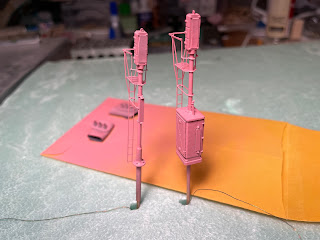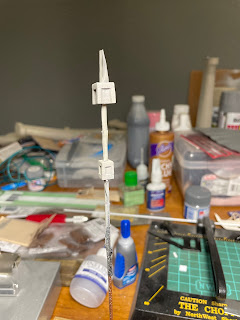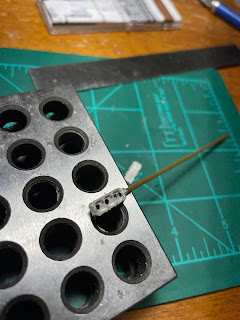Pink primer sprayed

This evening I washed the signals with mild soap and water and let them dry. I them sprayed them with Tamiya Fine Surface Primer for plastic and metal. Sorry about the pink color, it's what I had. I think it looks pretty good, but I'm going to inspect it after letting it dry for 24-hours and if it needs another coat of primer I'll spray it again. If not, depending on the outside temperature, I'll spray them with Tamiya XF-16 Flat Aluminum. Below is an image of the concrete bases.




